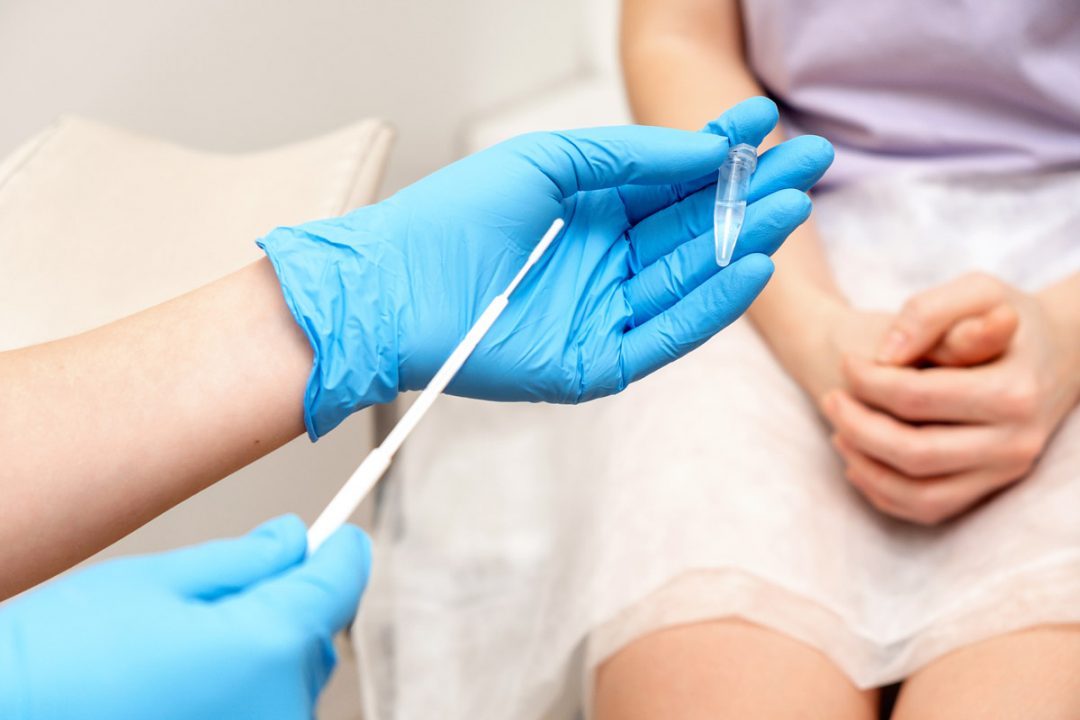Database analysis of commercially available STI tests supports vaginal swabs as most reliable detection method

Researchers conducted a meta-analysis of multiple databases from 1995-2021 to assess the diagnostic sensitivity of commercially available tests that use vaginal swabs versus urine specimens to detect chlamydia, gonorrhea and trichomonas. Although vaginal swabs are the recommended sample type by the Centers for Disease Control and Prevention (CDC),, the most used specimen among women is urine. The authors identified 28 eligible articles with 30 comparisons for CT; 16 comparisons for NG; and nine comparisons for TV.
Vaginal swabs consistently performed somewhat better than urine tests in detecting STIs; however, for trichomonas, the odds ratio that vaginal swabs were more sensitive than urine did not reach statistical significance. For vaginal swabs and urine, respectively, pooled sensitivity estimates were 94.1% and 86.9% for CT; 96.5% and 90.7% for NG; and 98.0% and 95.1% for TV. The differences were statistically significant for chlamydia and gonorrhea.
The authors assert that this analysis supports the CDC’s recommendation that vaginal swabs are the optimal sample type for women being tested for chlamydia, gonorrhea and/or trichomonas. Relying on urine testing could result in an estimated 400,000 undetected cases of chlamydia and gonorrhea each year. While vaginal swab tests are the most sensitive for STI testing, urine testing is a reasonable alternative when swabs are not available or acceptable.
What is Known on This Topic: Chlamydia, gonorrhea and trichomonas are common and treatable sexually transmitted infections. Women bear a disproportionate burden of these infections and testing is necessary to identify infections. Although vaginal swabs are the recommended sample type, the most used specimen among women is urine.
What This Study Adds: Study results support the CDC’s recommendation that vaginal swabs are the optimal sample type for women being tested for chlamydia, gonorrhea and/or trichomonas. Additional implementation studies are needed to change practice patterns to use vaginal swabs rather than urine testing as the most common practice. Vaginal sampling should be the initial choice offered to patients and urine samples should only be considered for women for whom collection of a vaginal sample is not acceptable.
Vaginal Swab vs Urine for Detection of Chlamydia trachomatis, Neisseria gonorrhoeae, and Trichomonas vaginalis: A Meta-Analysis




